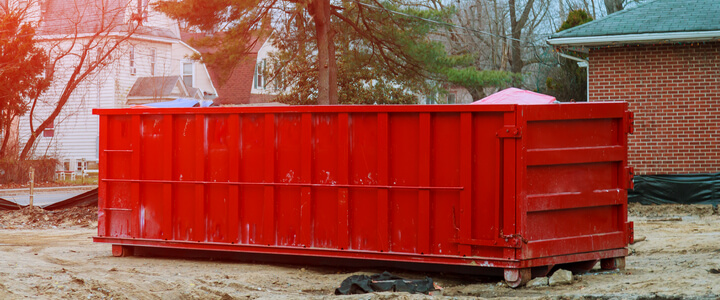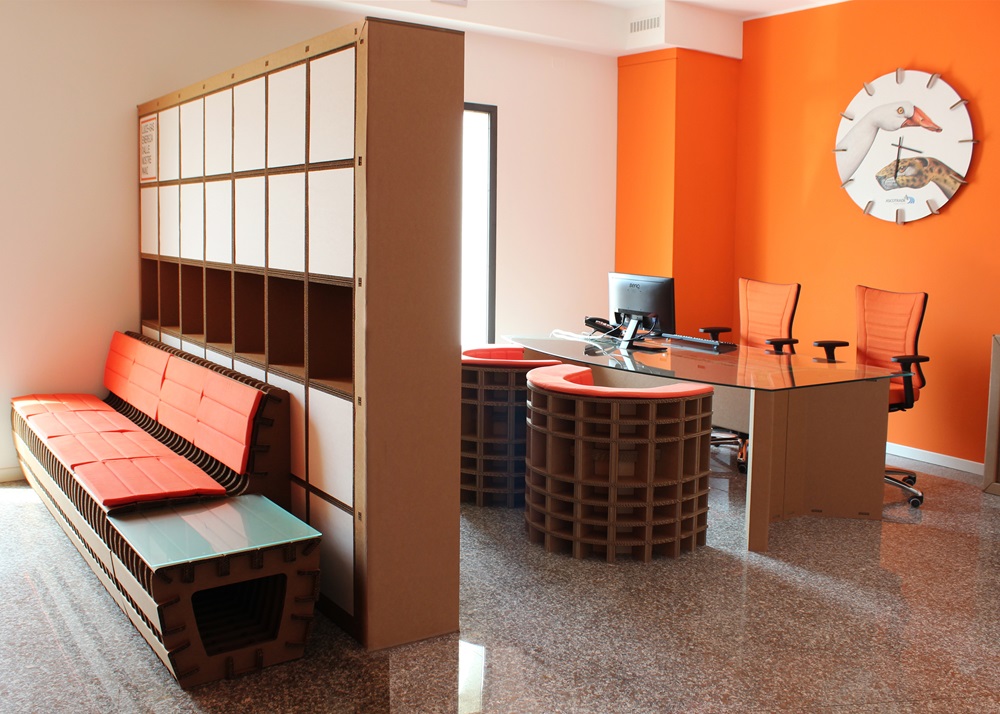Five Best Practises for Environmentally Sustainable Building
Regarding environmental sustainability, the construction industry has the power to make a significant difference. The World Bank estimates that 1.3 billion tonnes of solid trash from cities are generated each year as a result of building. Half of this waste comprises construction materials. Cities are projected to produce 2.2 billion tonnes of waste annually by 2025.
The amount leaving cities would be significantly reduced if the construction sector implemented green building techniques, such as zero waste policies. However, the creation of waste is not the only issue at play.
The Environmental Protection Agency defines “green building” as the “creating structures and using processes that are environmentally responsible and resource-efficient throughout a building’s life-cycle from siting to design, construction, operation, maintenance, renovation, and deconstruction.”
So what does this mean? Sustainable buildings conserve energy and reduce pollutants. Additionally, during the construction phase, construction activities might save energy. Construction people involved in the sector can use these five sustainable construction best practices to make this happen.

1. Use Building Materials That Are Sustainable
Utilising sustainable building materials is a starting step. For example, although concrete is the most famous building material, its manufacture emits many greenhouse gases into the atmosphere, making it unfriendly to the environment.
Engineers have found several concrete substitutes for green construction materials throughout the years. For instance, using straw bales instead of concrete is preferable. When properly sealed, they offer excellent protection from warm and cold weather.
Bamboo is a fantastic substitute for concrete because of its quick growth, strong tensile strength, and lightweight. In addition, it is inexpensive, widely accessible, and simple to utilise in construction. Recycled plastic, rammed earth, hempcrete, ashcrete, mycelium, ferrock, timbercrete , and wood are further examples.
When building homes and commercial settings, using engineered wood flooring works extremely well as there are made in an environmentally friendly way. They tend to be manufactured with only a fraction of the hardwood as solid wood flooring and are usually easy to trace to their source.
2. Using Premade Materials
This procedure involves building materials in a controlled setting, such as doors, wall panels, floor panels, stairs, windows, walls, and roof trusses. A lot of prefabricated parts can be moved and built on the spot. As well as being economical, this way of making materials is also environmentally beneficial.
Traditional on-site construction techniques typically call for more supplies, producing waste. It also contributes to soil and air pollution as there is no means to remove the effluents and air particles released during cutting and processing. Conversely, a controlled atmosphere enables improved air filtering and increased energy efficiency.
3. Use Software Instead of Paper
Not using paper for blueprints, drawings, and specifications can save many trees. But most importantly, it will save you a tremendous amount of time, cut down on material waste, and hasten the completion of your project. Of course, it would help if you used construction management software instead.
With the help of this process, users may plan out an entire construction project, estimate and manage various costs, manage a portfolio, assess risk, and monitor the project’s progress, among other things. In addition, most businesses use cloud-based solutions that enable staff members on-site and off-site to communicate in real-time.
4. Get Rid Of Waste Responsibly
Masonry, metal, plywood, timber, cardboard, paper, glass and plastic waste must be recycled. While transferring the plastic, glass, and metal waste to the nearby recycling facilities, you can reuse the brick in future construction projects. Plywood and lumber can be used to make mulch or biomass fuel. The metal goods can be smelted.
5. Track Your Transportation Fleet
You can utilise a transportation management system to lessen the carbon footprint that the fleet creates. For example, with its assistance, you may set the speed limit, plan the optimal routes, map out drivers’ behaviour, and do pre-emptive maintenance in real-time. All these elements will significantly lower air pollution.
As an alternative, consider using biodiesel to power your transportation fleet. It is a fossil fuel alternative to diesel that burns cleanly. In addition, it can be used in current diesel engines without being modified.
To Conclude
The building sector was a significant cause of environmental pollution in the past. However, the construction sector is making significant efforts to develop a more sustainable construction method. Construction companies are adopting more environmentally friendly and energy-efficient tools, vehicles, and building materials. By putting these five strategies into action, you will lessen your carbon footprint on sites.


















